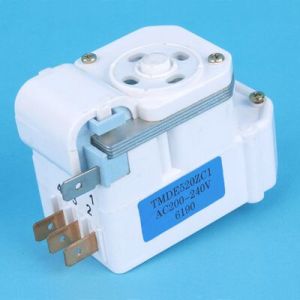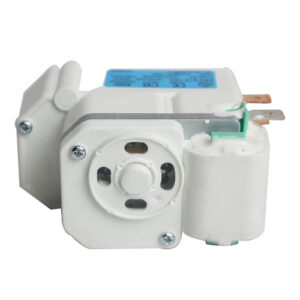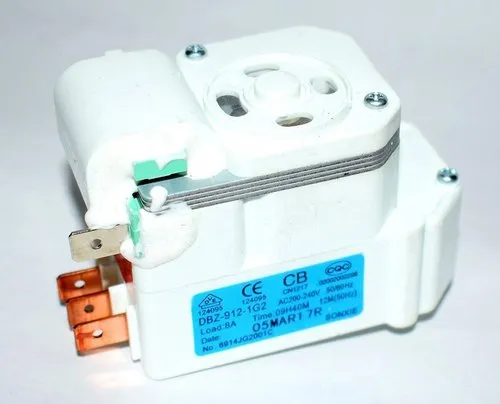Function of Defrost Timer in Refrigerator:
A defrost timer in a refrigerator is a crucial component that plays a vital role in maintaining the efficiency and functionality of the appliance.
A defrost timer in refrigerator , also known as a defrost control, is an essential part of a refrigerator’s cooling system. Its primary function is to regulate the defrost cycle, which is necessary to prevent the build-up of ice on the evaporator coils. Without a properly functioning defrost timer, ice can accumulate on these coils, reducing the refrigerator’s cooling capacity and efficiency.
Operation of Defrost Timer in Refrigerator
The defrost timer in refrigerator operates on a cyclical basis, typically every 6 to 12 hours, depending on the refrigerator model. It has a motor and a cam mechanism that controls when the defrost cycle begins and ends. The timer usually has a 24-hour cycle, during which it spends most of the time in the cooling mode, and a smaller portion in the defrost mode. This cycle ensures that the evaporator coils stay free of ice.
During the cooling mode, the compressor runs to lower the temperature inside the refrigerator, and the evaporator coils absorb heat from the interior. This process creates condensation on the coils, which would freeze into ice if left unchecked. The defrost timer’s function is to initiate the defrost cycle at appropriate intervals to prevent this ice build-up.
When the defrost timer switches to the defrost mode, it temporarily shuts off the compressor and activates the defrost heater. This heater warms the evaporator coils, causing the accumulated ice to melt into water. The water flows into a drain pan located underneath the refrigerator, where it evaporates. Once the defrost cycle is complete, the timer switches back to the cooling mode, and the refrigerator resumes its normal cooling operation.
Importance of Defrost Timer in Refrigerator
The defrost timer in refrigerator plays a critical role in maintaining the refrigerator’s efficiency and temperature regulation. Without proper defrost cycles, ice accumulation on the evaporator coils can insulate them, reducing their ability to absorb heat efficiently. This results in a drop in cooling performance and increased energy consumption. Over time, the refrigerator may struggle to maintain the desired temperature, leading to spoilage of food and potential damage to the compressor.
While the defrost timer is essential for a refrigerator’s operation, it is not without issues. Common problems associated with defrost timers include malfunctioning motors or cam mechanisms. If the motor fails, the timer may become stuck in one mode, either cooling or defrosting, causing temperature inconsistencies. In such cases, the refrigerator may run continuously without entering the defrost cycle, leading to ice build-up.
Some Common Issues of Defrost Timer 
Issues related to the defrost timer’s in refrigerator electrical connections. Loose or corroded wires can disrupt its operation. Regular maintenance and inspection can help prevent such problems. Additionally, electronic control systems have largely replaced mechanical defrost timers in modern refrigerators, which are more reliable and precise in regulating defrost cycles.
In conclusion, a defrost timer in refrigerator is a crucial component that ensures the evaporator coils remain free of ice build-up, maintaining the appliance’s efficiency and temperature regulation. It operates on a cyclical basis, switching between cooling and defrost modes at appropriate intervals. Problems with the defrost timer can lead to reduced cooling performance and increased energy consumption. Therefore, regular maintenance and inspection of the defrost timer are essential to keep the refrigerator running smoothly. With the advent of electronic control systems, modern refrigerators have become even more reliable in regulating defrost cycles, ensuring the longevity and efficiency of these essential appliances.
Repairing
Repairing a defrost timer in a refrigerator can be a relatively straightforward task, but it should be approached with caution if you are not familiar with electrical components and safety precautions. Before attempting any repair, make sure to unplug the refrigerator or disconnect its power source to ensure your safety. Here are the general steps to repair a defrost timer:
- Identify the Defrost Timer
- Remove the Cover
- Note the Wiring
- Install the New Defrost Timer
- Reconnect the Wiring
- Power On the Refrigerator

